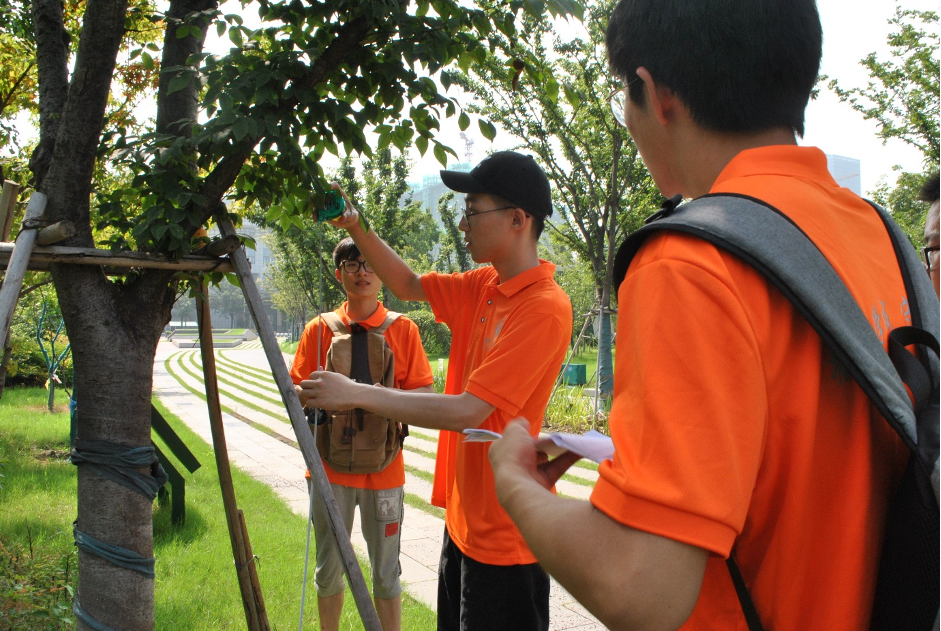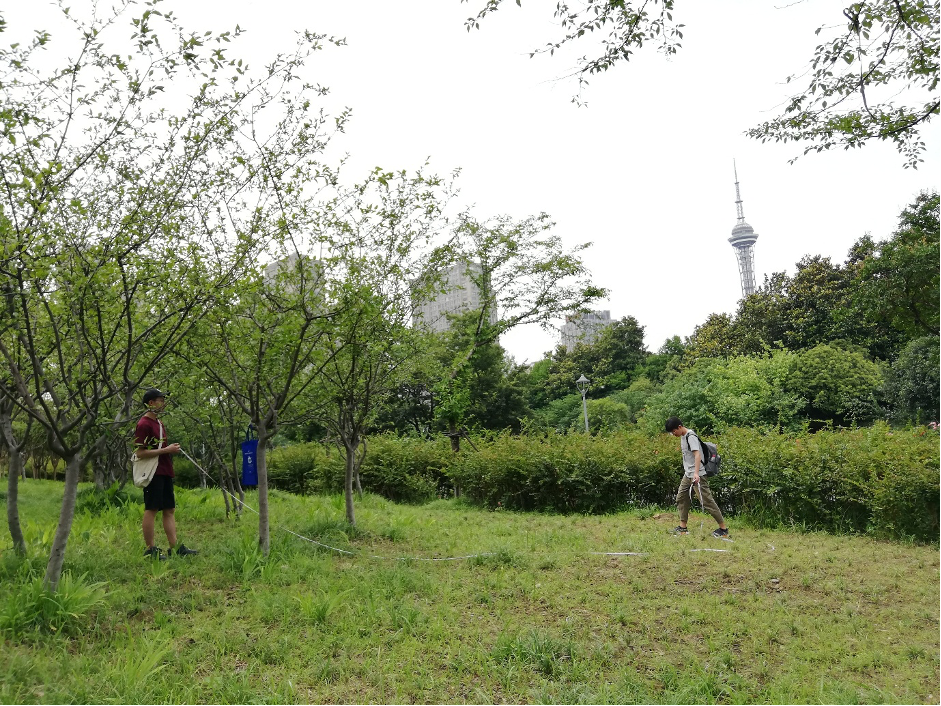Mitigating the Urban Heat Island Effect: The Role of Tree Species Diversity in Greenspaces
Tree species richness and diversity influences the degree to which greenspace can mitigate the Urban Heat Island Effect, finds new study from scientists at the University of Leeds.
Urbanisation impacts the reflection and absorption of solar radiation at Earth’s surface and can elevate surface temperatures, known as the Urban Heat Island Effect. With the rise of global mean surface temperatures through the century, researchers seek to understand how we can mitigate the Urban Heat Island Effect.
Urban greenspaces can help to cool our towns and cities, with trees and other vegetation providing shade and reducing temperatures through transpiration at the surface of the vegetation. Whilst research has demonstrated the role of greenspace in mitigating the urban heat island phenomenon, the role that different greenspace characteristics play in influencing that mitigation is not widely understood. A research team led by Dr Xinjun Wang, examined the influence of tree diversity and tree coverage on the degree of surface temperature cooling observed, and how this varies seasonally.

Researchers taking tree measurements in Changzhou, Jiangsu province, China.
The study took place in Changzou, Jiangsu province, China, examining tree communities across 15 greenspaces with measurements of cooling range (the distance from the greenspace boundary at which there is a sharp change in land surface temperature) and temperature drop amplitude (that is the difference between mean land surface temperature of the greenspace and that of the cooling range). Data was collected between the years 2017 and 2018. Four Landsat datasets (Landsat 7 and 8) of land surface temperature observations were used, covering all four seasons during the time period. An i-Tree Eco survey of 156 ground-based sample plots was carried out to gather tree data and i-Tree Canopy software enabled tree canopy cover (%) for each greenspace to be estimated.
Wang and colleagues highlight the importance of diversity in tree species for greenspace to mitigate the Urban Heat Island Effect, with tree species diversity positively correlated with temperature drop amplitude, similar correlations were found between tree canopy cover and temperature drop amplitude seasonally. Mean tree crown width was found to correlate with cooling range in summer and autumn, whilst a negative correlation is found between that and tree density in winter.

In light of their findings, the authors propose that the impact of tree species diversity be considered in future greenspace development, to optimise the mitigation of the Urban Heat Island Effect. However, temperature drop amplitude was found to be seasonal, with the greatest temperature reduction observed in summer months. This is due to the seasonal variation in transpiration rates of the tree species studied. Planting a combination of tree species with greater cooling efficiencies could help to improve the cooling effect delivered by greenspaces. The study demonstrates ways in which the benefits of greenspace to urban surface temperatures can be enhanced, without increasing the extent of those greenspace.
For more details, read the full article here:
